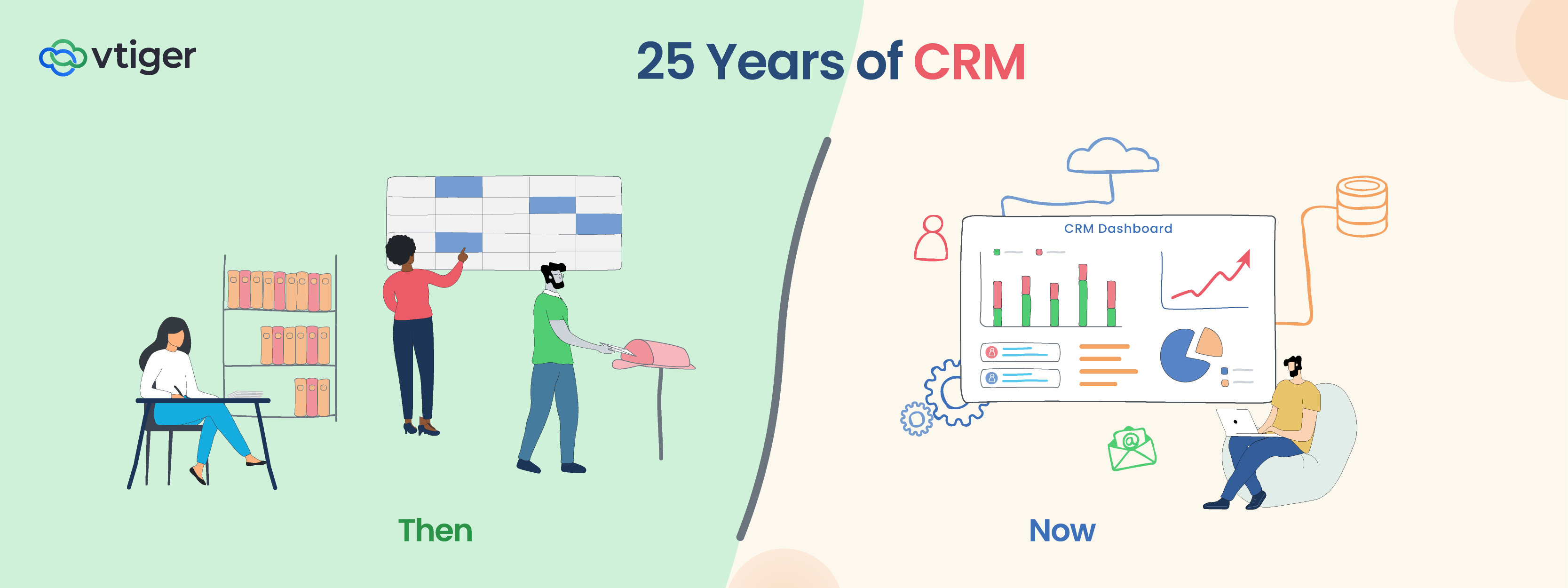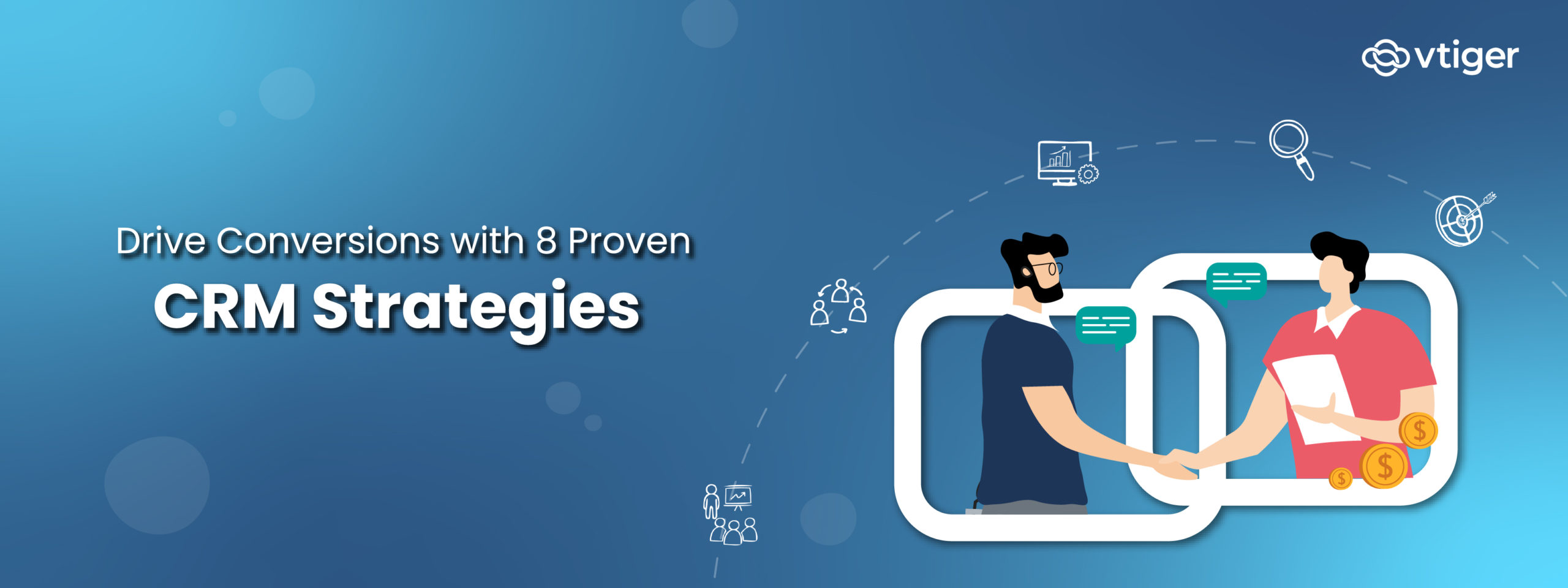The History
Similar to the tendency of a business to maintain accounting records, maintaining customer records also has a long history.
It precedes Egyptian scribes who maintained their notes on papyrus (papers) to Renaissance traders who offered exotic goods to their 16th-century clients. The Rolodex, a desk staple during the middle of the 20th century and the paper and plastic ancestors of contact management software, is its contemporary equivalent.
The widespread use of computers or the client/server computing model transitioned in the late 1980s. These developments equipped hordes of front-end specialists with PCs and software developers to produce tools and applications that replaced the Rolodex. These applications provided more capability in managing client interactions within the digital world.
The first product to come up during this era was ACT!, a contact management solution released in 1986 by Conductor Software (now owned by Sage), which was quickly followed by competitive offerings from Goldmine and other vendors. Contact management software has evolved to include features related to sales activity automation, like lead management, opportunity management, and deal tracking, and are referred to as sales force automation (SFA).
The entry of Siebel Systems into the SFA market in 1993 was a turning point in the development of CRM. In the middle of the 1990s, Siebel released its commercial SFA products, and by the end of the decade, it had a 45 percent share of the CRM industry. During this time, major companies like SAP and Oracle followed and made their own solid forays into the market.
Although the phrase customer relationship management has no clear origin, many believe it dates back to around 1995 and comes from the research firm Gartner. Customer information systems and customer information management were defeated by the phrase CRM.
Marc Benioff introduced Salesforce.com, the first major cloud-based CRM system, in 1999, causing a major disruption in the CRM market. Salesforce.com was first recognized as a novelty tool for small businesses, and the company suffered a setback when the dot-com market crashed, but it emerged stronger and is now a top player in the CRM market.
Evolution of Customer Relationship Management
So how is today’s CRM different from the ones that were first released around twenty years ago?
CRM systems from the past were fairly limited in terms of features. They collected customer contact information and provided basic automated functions such as follow-up reminders. Unfortunately, they frequently fell short of their goal of unifying the customer’s view across various departments in an organization.
Beyond simply listing a customer’s address, a good CRM product now provides data integration across different teams like Sales, Marketing, Customer Support, etc. It creates a comprehensive picture of a customer that includes all of their interactions with the company. And this data – often referred to as a 360-degree view of a customer, is available across the organization.
The most noticeable contrasts are the mobile and social tendencies that characterize much of the recent CRM innovation.
Although Siebel Sales Handheld, which was released in 1999, was the first mobile CRM solution, it is clear that today’s CRM software, which offers unrestricted capability for mobile phones, tablets, and laptops, is a far cry from Siebel’s pioneering work.
Having said that, the following statement from a Siebel press release from 1999 provides an intriguing glimpse into the market’s future: Siebel Sales Handheld provides the power and versatility of Siebel applications on gadgets that fit in a pocket or a briefcase. Siebel Sales Handheld enables sales representatives to be fully mobile and informed, giving them the data they need to establish and maintain customer relationships.
According to Gartner, the market for social CRM is close to $1 billion annually as 2012 is close. Social CRM uses Web 2.0 principles to interact with consumers and potential customers online through social networks and communities. Before 2004, neither these ideas nor the instruments that social CRM uses to provide value existed. Another illustration of a prevalent trend in CRM is the existence of social CRM solutions nearly exclusively on the cloud.
CRMs of today also focus on customer experience and customer delight.
- Make it easy for your customers: 60% of customers see increased satisfaction when they’re empowered to find what they need with Vtiger CRM service tools.
- Create a culture of collaboration: 51% of customers see increased agent productivity after implementing Vtiger CRM’s powerful tools that promote inter-team communication.
- Master your workflows: Customers see an 85% boost in their support operations visibility with Vtiger CRM’s one view of the customer journey and powerful analytics.
Currently, it does not appear that the market for emerging CRM products has reached saturation. New cloud vendors continue to enter the market, while current vendors have changed their license models to provide cloud alternatives to conventional site licenses.
The latest trends in CRM include AI, Chatbots, Big Data, and voice response technology. Many vendors are struggling to stay up with these advances.
Though CRM products have evolved, consumers have trouble using current CRM systems successfully. This is because they also have difficulty keeping their business models viable in this disruptive era.
Before we conclude, here are a few facts for a quick understanding of today’s CRMs:
- The present and future of CRM look promising, as cloud-based and SaaS CRM solutions are gaining traction and becoming essential to businesses.
- Customers want a CRM that provides a 360-degree view of customers across the organization.
- Customers opt for multi-channel CRMs focused on compatibility and responsiveness across different types of devices.
- CRMs such as Salesforce and Vtiger constantly improve their product to ensure it is robust, easily adaptable, and highly portable. Also, to ensure it is ALL-IN-ONE.
- Areas such as social media, content marketing and mobile could be the future of this software down the road.
CRM is experiencing a rebirth and appears to have overcome the negative reputation many systems acquired in the late 1990s due to expensive and/or unsuccessful implementations. If history is any guide, the CRM environment will look very different ten years from now, whether or not social is more than just a trend.
Also, read The Evolution of CRM from the 1950s.



